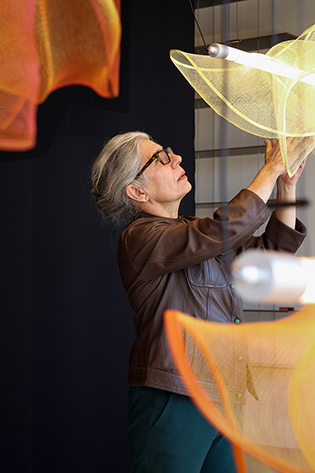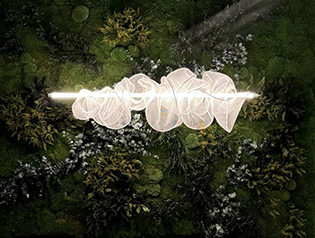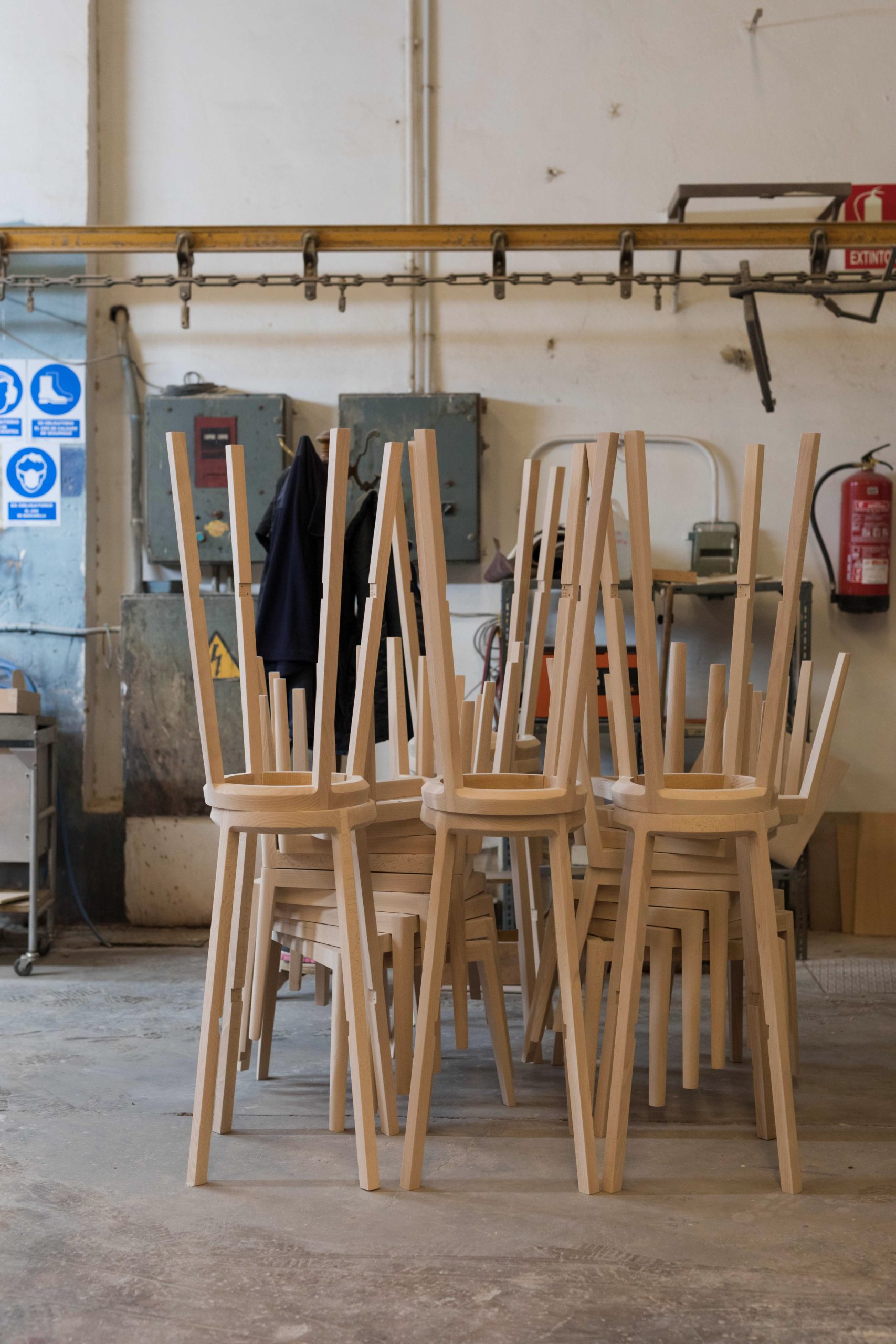Simplicity, cold lighting and large space with minimum objects and furniture are some of the recognisable treats of Minimalism. But what exactly means that a space is based on a minimalist design plan? Our TGR Monthly is all about the myths and misconceptions of minimalism as a form of expression and lifestlye.

Minimalism: myths and truths
» As a stylist I meet a lot of people with differing tastes, and when I mention that I’m a minimalist I get mixed reactions. The most common is “oh,I couldn’t live without my things” or “it sounds like too much maintenance for me”. But here’s the thing. Minimalism is not about austerity, living a monk-like existence. It’s not about living with nothing or those stark, white interiors you see in the magazines, although yes – aesthetically they play a part. Rather, it’s about the making room for what you love in favour of the extra baggage. If you read my previous post about slow living, you’ll see there’s some overlaps and why the two can go hand in hand.
Yet, there’s a reason why this culture for physical and mental decluttering has struck a chord. We’re spending faster than we earn, upsizing our homes to fit the stuff we’ve bought, getting further into debt. Mental health is a hot topic with more of us living with depression and anxiety, this being one of the main reasons I became minimalist myself.

There’s a very real correlation between the state of our homes and its emotional impact. Tidy home, tidy mind as they say. The same goes for busy lifestyles, if we spend no time on ourselves, how can we possibly live life with intention? There’s no quick and easy fix, but living a minimalist lifestyle will help you understand the areas in your life that you truly value and bring you joy.
So, how can you explore the elements that you connect with to improve your quality of life?
It’s Not One Size Fits All
What works for me won’t necessarily work for you. Identify what’s important to you; whether its simplifying your week, gaining more space in your home or getting your spending habits under control. For example, I don’t have lots of ornaments and there’s not much of anything on the walls, but I love houseplants, and I have quite a collection. They are most definitely my release and give me a reason to slow down and take care of them. I also don’t have the time to clean. So less stuff means less housework.

Use Everything, Get Rid of What You Don’t
Don’t save anything for best, instead use it every day and enjoy doing just that. Anything that you’ve not used in the last 6 months or brings some sense of value into your life can go. Donate it to charity, a local project in need or find a neighbourhood community to offer it to. Anything else can go to recycling. When it’s gone, don’t seek to replace it with new things.
The same goes for negative relationships and additional commitments you’ve made but struggle to keep. Let them go.
If you have things you keep for sentimental reasons, think about why you’re choosing to keep them. Don’t be brutal with it if you know you’ll regret losing it later. Decluttering is a large part of minimalism but shouldn’t be taken to the extreme when you know it’ll have a negative impact.
One In, One Out
If you do need to replace something, put quality over quantity and do it on a one item in, one out basis. I use the motto ‘buy well, buy once’, which may mean spending more, but in the grand scheme of things, you want to invest in something you’ll have a very long time.
This is definitely tricky with two kids and all of the toys. To be honest, aside from regular clear-outs, I try to leave their things out of it. We teach them to value the things they own and to take good care of what they have, making sure they have the storage to put everything away so their room feels clutter free. It doesn’t always work out that way, but it’s important for my sanity if nothing else!

Quit Spending, Save for Experiences
Old habits die hard. While I was at uni I picked up bad spending habits, going shopping for the buzz of finding something, only to grow bored of it once I’d got it home. Soon I’d wracked up some serious debt on top of things I didn’t even want. Since having children and moving house twice in five years (cue a serious clear-out!) I learnt to let go of the need to spend and instead to savour experiences. Save to travel, make memories you can share with family or friends and capture them in photographs.
Reduce Anxiety
Give yourself breathing space. Living with less physical and mental clutter and only the things you truly love and use will lower that feeling of overwhelm that can trigger anxiety. Imagine being able to see the wood for the trees. Being in a position where you know you have enough means you can focus on what truly matters to you.

Minimalism isn’t about perfection, and you’ll find times when life gets on top of you. I’m a creature of habit, and try as I might, sometimes I can’t escape from piles of paperwork that I create around the house. What’s important is being able to recognise when it happens and nipping it in the bud, pronto. Or maybe unsubscribing from all those postal services.
It’s a Constant Journey
Don’t be daunted by the magnitude of a lifestyle change, I promise you, making small changes will have a huge impact over time. Minimalism is a constant journey, it forces you to be mindful over the way you consume and how you choose to spend your time. So, don’t go rushing out for the white paint and a skip for everything you own – remember that the principle comes before aesthetics. Although I still love me a stark, white room…
Written by Tiffany Grant Riley, interior stylist, collector of houseplants, mother and minimalist.













